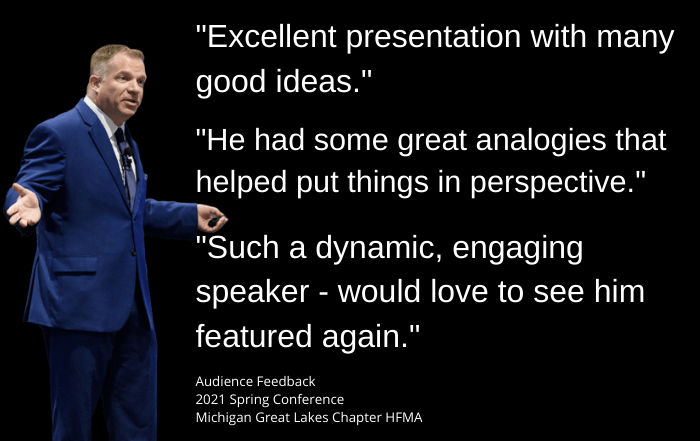 The ongoing challenges of COVID-19 may have you thinking you need a pep talk at work. Over the past few months, you’ve probably had to adjust to numerous changes on the job and with some of them have come challenges.
The ongoing challenges of COVID-19 may have you thinking you need a pep talk at work. Over the past few months, you’ve probably had to adjust to numerous changes on the job and with some of them have come challenges.
At first, it may have felt like an exciting change of pace, with things like working from home. But over time, it may have worn you down. And now your performance and productivity are suffering.
While you may need a pep talk, do they really work? Researchers have found that emotional appeals can impact a team’s performance. And the right mix of words can have a positive effect.
No matter your position in an organization, a pep talk can be an extra shot of encouragement during challenging times. Let’s take a closer look at how they can be used.
Pain and Potential
Pep talks often acknowledge a challenge and any pain that has come from it. The speaker then focuses on how actions can lead to a better tomorrow.
It’s a vision of a bumpy ride that eventually improves. But some don’t mention the pain part, which is a mistake because it’s something that has been universally experienced. Not including it may make it seem like you’re rewriting history.
You also need to make sure you’re sharing that improved destination. This requires you to have a plan that can be easily communicated, understood, and repeated.
In some cases, you may not know what will the future will look like. At least, share a strategy or a hope. People need a place to focus and you have to point them in the right direction.
Thanking People
Thanking people is an easy task but one that’s easily forgotten during busy times. If employees need a pep talk, then you should make sure to take a moment to recognize effort and flexibility during uncertain times. A bad mood can change quickly when the obvious is stated.
When I give a speech to a specific industry, I will usually research the impact the group has on people’s everyday lives. I’ll say a few words about it and thank them early in the talk.
Many in the audience understand the daily impact they have but may have forgotten it over time. Is it a surprise that after this exercise, the audience is usually more attentive to my talk?
Create Community
Your in-person workplace may now be a virtual arena. Everyone is spread out and you may lose a sense of community.
See if your pep talk can remind people that while they are separated by miles, they are united by a mission.
Consider Giving a Pep Talk
If pep talks are something you crave, then consider giving one. You don’t have to be the CEO to say some words of encouragement.
In teams and divisions, a pep talk can open the door to improved collaboration and problem solving. You want to unite people and help them get out of a negative frame of mind.
And there’s no rule that you can’t deliver some motivating words up the corporate ladder. Leaders need encouragement too and challenging times may make some feel isolated.
Let Go of Excuses
It may be easier to come up with excuses not to give a pep talk, then to actually say a few words. Don’t get caught trying to create perfection. What you say will likely not be immortalized in a museum.
A good or pretty good pep talk is more impactful than silence.






